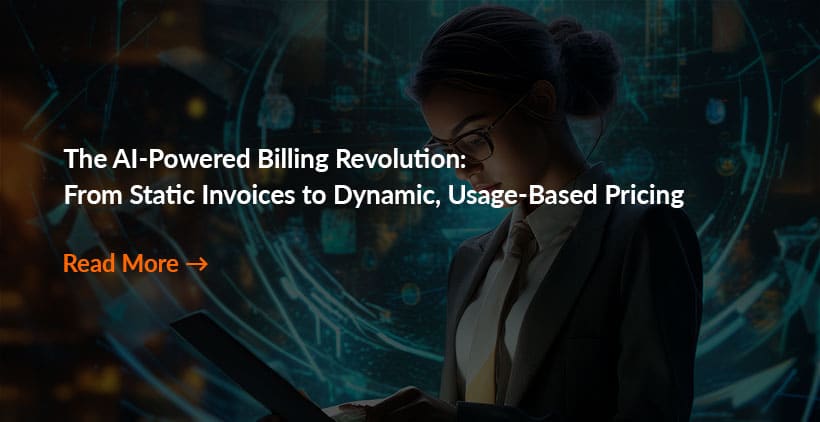Introduction
Constant innovation using the most advanced business and technology concepts to build new revenue streams, services, and experiences is a high priority for most organizations.
To sustain digital business management, EA leaders must proactively recognize possible disruptive trends, evaluate them to ascertain the business’s impact, and give innovative solutions.
EA leads enterprise response to disruptive forces by organizing and explaining transformation toward aimed business vision and outcomes. It delivers value by presenting business leaders with recommendations for improving policies and projects to deliver targeted business outcomes that gain on relevant business disruptions.

Why do we need EA?
If your business focuses on digital business growth while maintaining values in data security, privacy, and compliance, running an EA program without expert tooling is very difficult. EA platforms are at the core of implementing digital transformation strategies, assuring audit-ready compliance for regulations such as GDPR.
Today’s competitive markets require managers across all levels to make impactful decisions daily. The weaker the data available, or the more painful it is to analyze it successfully, the higher the managerial risk. Businesses with the tools that enable agility and responsiveness to change will be the most successful without sacrificing quality.
The fastest ROI your company will ever see can come from executing a dedicated EA platform. Your EA team will waste less time mapping out critical data, less time verifying and identifying gaps in data, and no time at all drawing. Instead, the EA team can provide validated reports to business owners in real-time to focus on decision support, where it matters most.
EA’s goal is to add business value to the company and not only use it to document the processes, systems, and information that exist in the business. The business and IT strategy arrangement is a critical issue in an organization based on its influence on the overall organization.
Benefits of EA
- It gives a precise model of the organization’s business, application, data and technology architecture, dependencies, and inter-relatedness. It helps the company make business decisions based on a holistic outlook rather than a stand-alone part.
- Businesses can grow their business values by adjusting IT with their business strategy. It helps the company unlock data’s power, consolidating information silos that hinder business processes.
- EA ensures businesses invest in projects aligned with their goals, goals, and ideas. It recognizes possibilities for reuse and alliance, which stops irregular processes and data.
- It presents businesses with a planning process to thoroughly understand its business strategy. It assists the company to react faster to rival pressures and deploy a higher quality more quickly.
- EA recognizes overlapping processes, services, tracks high-cost areas of IT assets to improve a fairer cost model, and assures compliance with statutory and regulatory laws.
EA Best Practices

The Right Toolkit
Most companies start small when it comes to EA, repurposing tools like Visio, PowerPoint, and Excel. But as the architecture matures, the silos formed when fragmenting the architecture across various programs and file types choke progression.
The right tool unifies the EA, as well as the architects enabling them to work collaboratively, with real-time feedback, comment systems across the diagrams, pivot tables, and capability models.

Focused Content
Although it is best to engage with EA stakeholders, the stakeholders can only take a passive role in some cases. Tailored content is an excellent way of eliminating stakeholder concerns as a barrier to agility.

Collaborate with Business Stakeholders
Another barricade to EA coordination is approval. Designers often reach a point where they cannot proceed without permission and buy-in from business leaders. The faster you can get your stakeholders on board, the quicker you can pass through the strategic planning process into performance.




